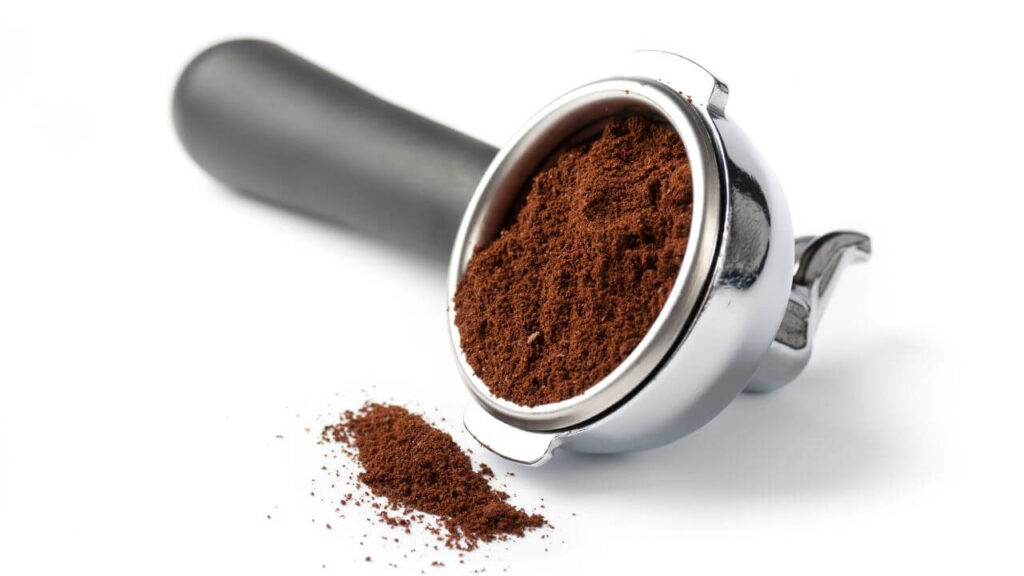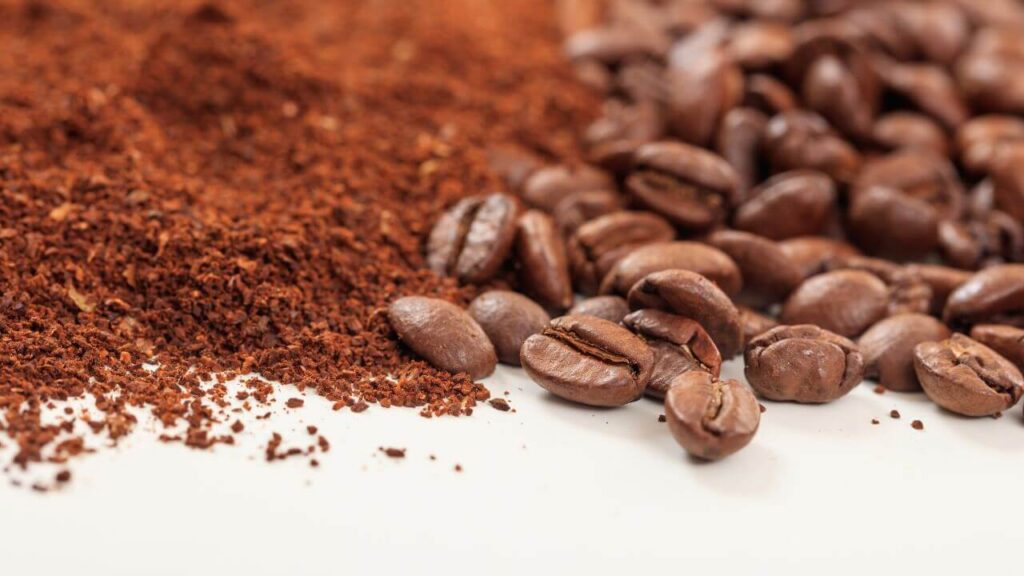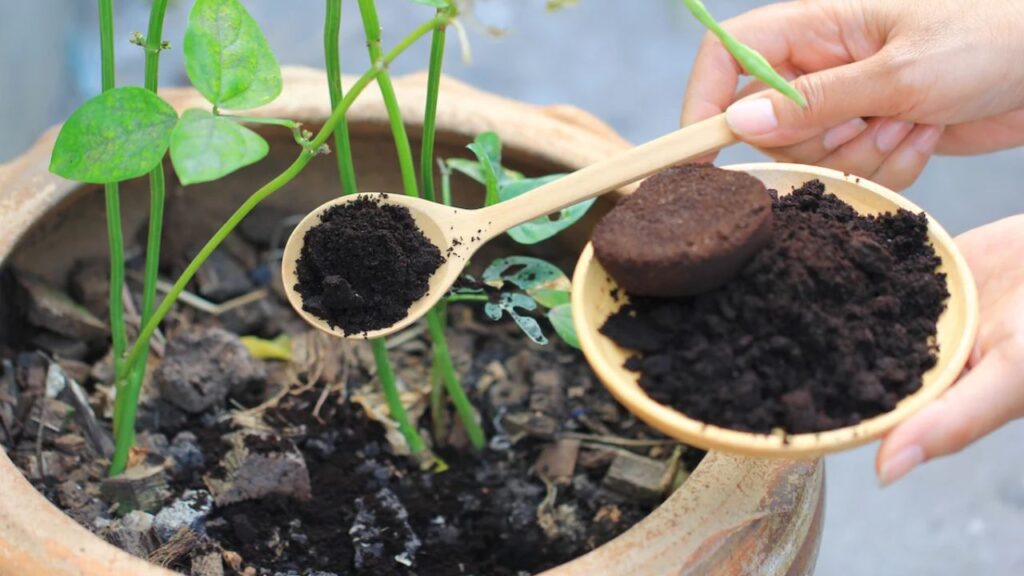So, we’ve all been there, brewing that perfect cup of joe to kickstart our day.
But what about the leftover coffee grounds? I wondered, can I flush them down the toilet? Join me as I delve into the intriguing journey from brew to flush.
We’ll explore whether this convenient disposal method is a wise choice or a plumbing disaster waiting to happen.
Buckle up as we navigate through the do’s and don’ts of handling those coffee grounds and discover the best ways to bid them farewell after they’ve served their delicious purpose.
Are Coffee Grounds Flushable?

Coffee grounds are unsuitable for flushing down the toilet due to their texture and composition. When coffee grounds enter the sewage system, they don’t dissolve easily in water like toilet paper does.
Instead, they can accumulate and clump together, creating pipe blockages and causing backups.
As water flows through the pipes, it can carry small particles of coffee grounds to areas where they might settle and accumulate, creating obstructions over time.
These blockages can lead to reduced water flow, potential pipe damage, and expensive plumbing repairs.
Furthermore, coffee grounds can contribute to issues at sewage treatment plants.
They can interfere with the treatment process and increase the load on the system, potentially affecting its efficiency and environmental impact.
Also Read:
Are Padded Toilet Seats Sanitary
Are Toilet Paper Rolls Safe For Hamsters
Are Elongated Toilet Seats Universal
Is It Okay To Flush Coffee Grounds Down The Drain?
Flushing coffee grounds down the drain is not a recommended practice. When coffee grounds are introduced into the drain, they can mix with other substances, such as grease, soap scum, and hair, already in the pipes.
Over time, these mixtures can create blockages and buildup, impeding the flow of water and causing drains to become slow or completely clogged.
Coffee grounds are dense and don’t easily break down in the water, unlike toilet paper or waste designed to be flushed.
Instead, they can accumulate along the walls of pipes and traps, creating a foundation for other debris to attach to and exacerbate blockages.
As the accumulation grows, it can restrict water flow, leading to backups and potential pipe damage. Clearing such blockages often requires professional plumbing assistance and can be costly.
Also Read:
Can You Flush Gum Down The Toilet?
Can You Flush Oil Down The Toilet
Can You Flush Cereal Down The Toilet
Why Can’t You Put Coffee Grounds Down The Toilet?

As I have mentioned above, flushing coffee grounds down the toilet is not advisable. Let me tell you several reasons in detail:
1. Non-Dissolvability
Coffee grounds consist of small particles that do not readily break down or dissolve in water, unlike materials specifically designed for flushing, such as toilet paper.
When flushed, coffee grounds can remain intact and clump together, creating a dense mass that can easily block pipes.
2. Pipe Clogs
When coffee grounds are introduced into the sewage system, they can mix with other substances like grease, soap residue, and hair in the pipes.
These mixtures can accumulate and harden over time, forming solid blockages obstructing water flow.
As these blockages grow, they can lead to slow drainage and backups and potentially cause pipes to burst or crack.
Related blog: How To Flush Toilet When Pipes Are Frozen
3. Sewage System Impact
Sewage treatment plants are designed to process specific types of waste, primarily human waste and toilet paper.
Introducing coffee grounds, which don’t break down as easily and have different properties, can disrupt the treatment process.
Introducing foreign substances like coffee grounds can strain the system’s ability to treat sewage and lead to decreased treatment efficiency effectively.
4. Environmental Concerns
Flushing coffee grounds into the sewage system can have negative environmental consequences.
Sewage treatment plants work to remove contaminants from wastewater before releasing them into natural water bodies.
Coffee grounds, when not properly treated, can add to the workload of these facilities and potentially contribute to the contamination of rivers, lakes, and oceans.
5. Costly Repairs
If coffee grounds lead to pipe clogs or sewage system issues, homeowners may need to hire professional plumbers to clear the blockages and perform necessary repairs.
Repairing damaged pipes and sewage systems can be expensive and disruptive to daily life.
To avoid these problems, it’s important to follow proper waste disposal practices.
Coffee grounds should be disposed of in compost or the trash, where they can break down naturally or be managed appropriately.
By doing so, you help maintain the functionality of your plumbing, reduce strain on sewage systems, and contribute to environmental conservation.
Also Read:
What’s The Biggest Thing You Can Flush Down A Toilet?
Can You Retrieve Something Flushed Down Toilet
How Do You Dispose Of Ground Coffee?

Now you know all the issues you can face if you flush coffee grounds down the toilet.
Here I will share some master tricks to dispose of ground coffee. You can dispose of ground coffee by:
1. Composting
Composting is one of the most eco-friendly ways to dispose of ground coffee. Coffee grounds are rich in nitrogen, making them an excellent “green” material for compost piles or bins.
When mixed with “brown” materials like leaves, straw, or paper, coffee grounds contribute to a balanced compost that enhances soil fertility.
Spread the coffee grounds evenly in your compost bin and ensure they are well-mixed with other compostable materials.
Over time, they will decompose and transform into nutrient-rich compost that can be used to enrich your garden soil.
2. Trash Disposal
If composting isn’t an option, you can safely dispose of ground coffee in the trash.
Place the used coffee grounds in a sealed plastic bag or airtight container before tossing them into the trash bin.
This prevents any potential mess and helps contain the grounds in the landfill.
3. Avoid Flushing
Under no circumstances should you flush ground coffee down the toilet. As mentioned earlier, coffee grounds do not dissolve easily in water, leading to plumbing problems and clogs in sewage systems.
4. Creative Uses
Coffee grounds have other practical uses beyond brewing coffee.
They can be used as a natural scrub for cleaning surfaces, deodorizing your fridge, or as an exfoliating ingredient in homemade skincare products.
Once you’ve used the grounds for these purposes, you can dispose of them in the trash or compost.
Remember, responsible disposal of coffee grounds prevents plumbing and environmental issues and allows you to make the most of this versatile waste product.
Whether through composting or careful trash disposal, you contribute to sustainable waste management and help reduce your ecological footprint.
Also Read:
How To Remove Poop Smell From Sofa
How To Remove Poop Smell From Clothes
How To Remove Toilet Smell From a Bed
Bottom Line
Flushing coffee grounds down the toilet isn’t recommended. They can clog pipes and affect sewage systems.
Disposing of grounds in compost or trash is better to avoid plumbing issues and environmental harm.
FAQs
What Happens If You Bury Coffee Grounds?
How Long Does It Take For Coffee Grounds To Dissolve?
The decomposition rate varies based on conditions and the size of the grounds.
